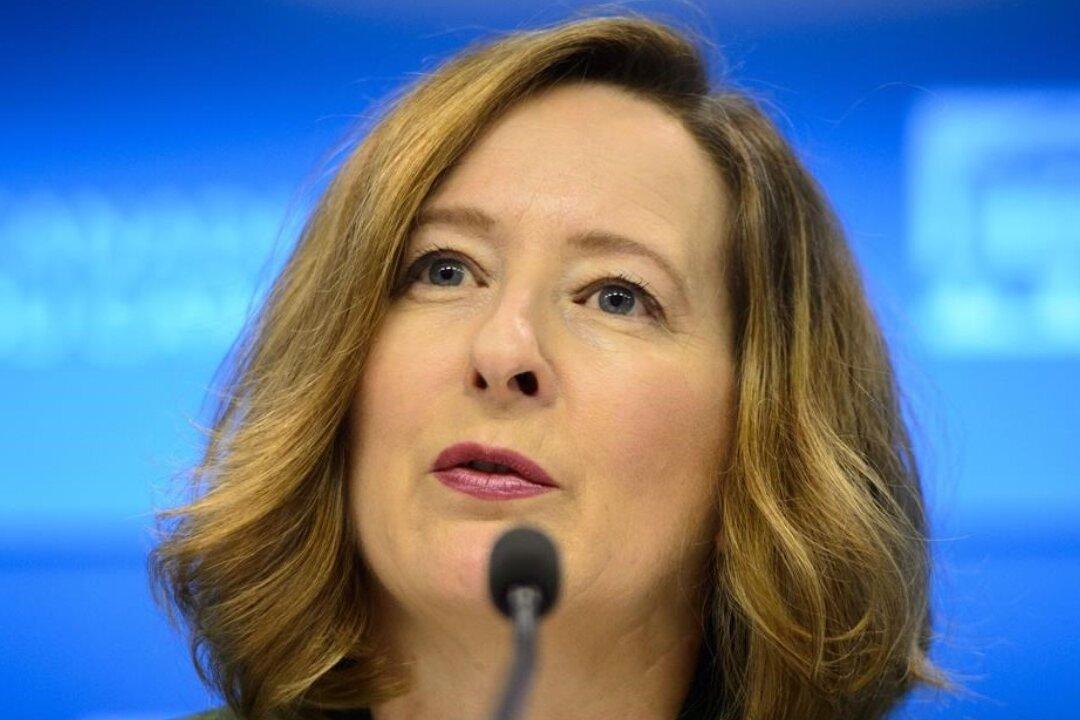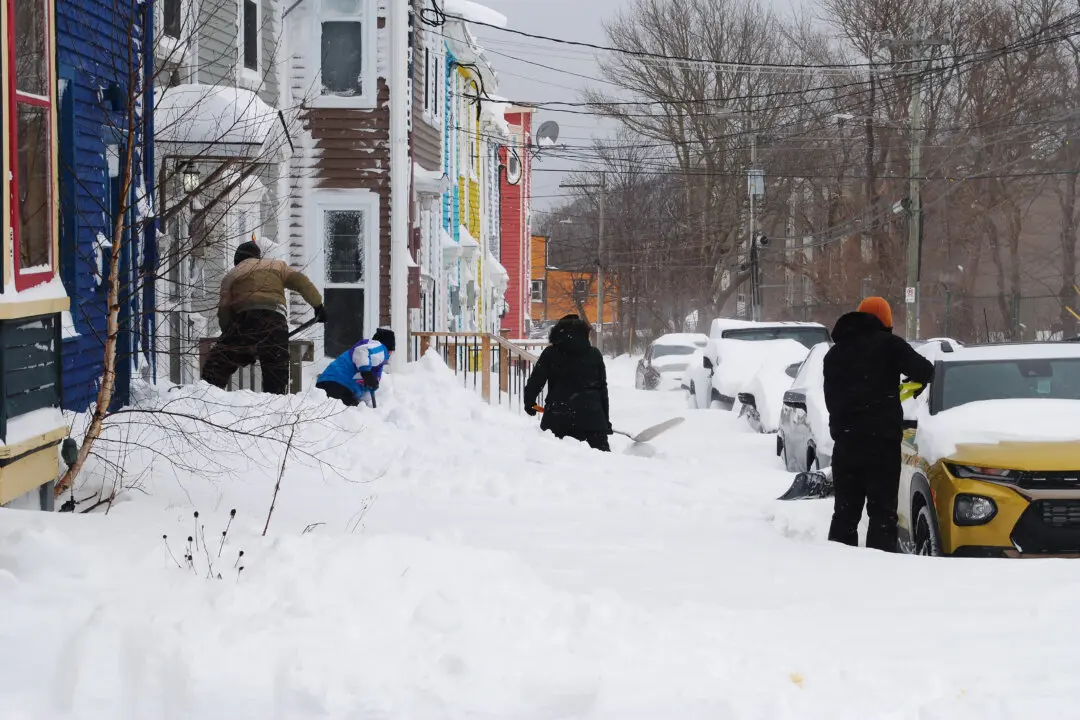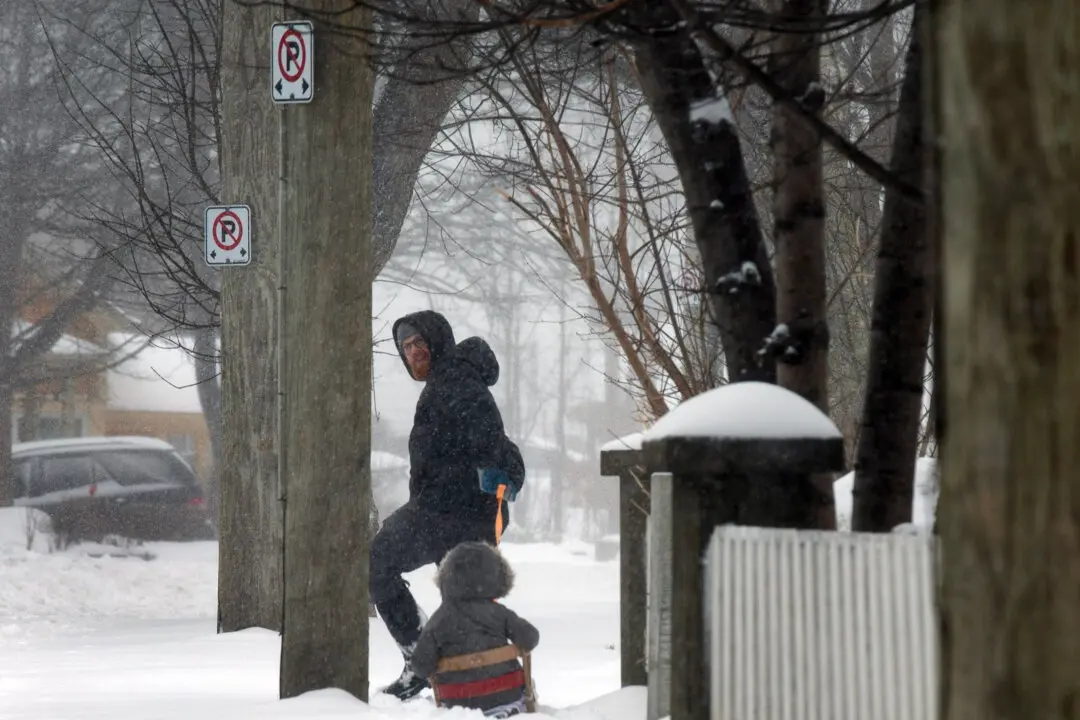OTTAWA—The Bank of Canada will need to maintain its independence to aid the economy during and after the COVID-19 pandemic, particularly as the country’s debt levels rise, says the bank’s second-in-command.
In a speech on May 4, senior deputy governor Carolyn Wilkins detailed how the bank’s actions through the pandemic have been aimed at ensuring businesses and individuals can access lines of credit and short-term loans, and spur demand during an expected recovery through low interest rates.





